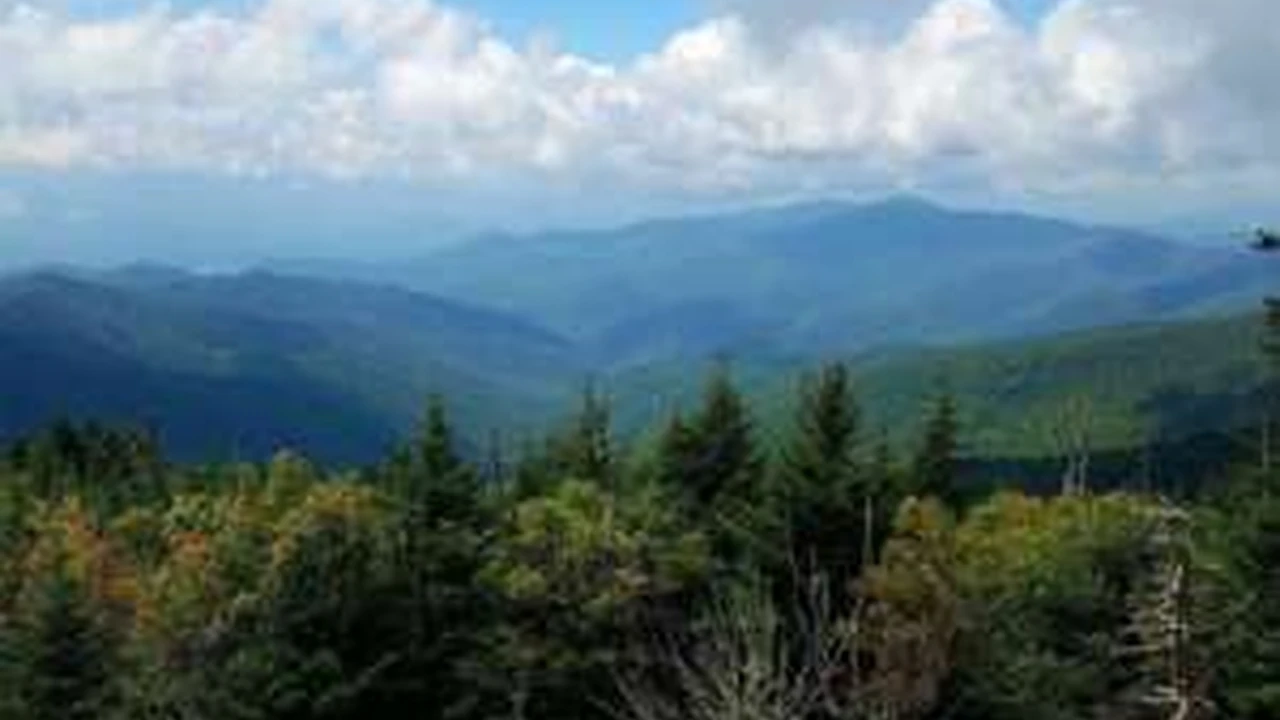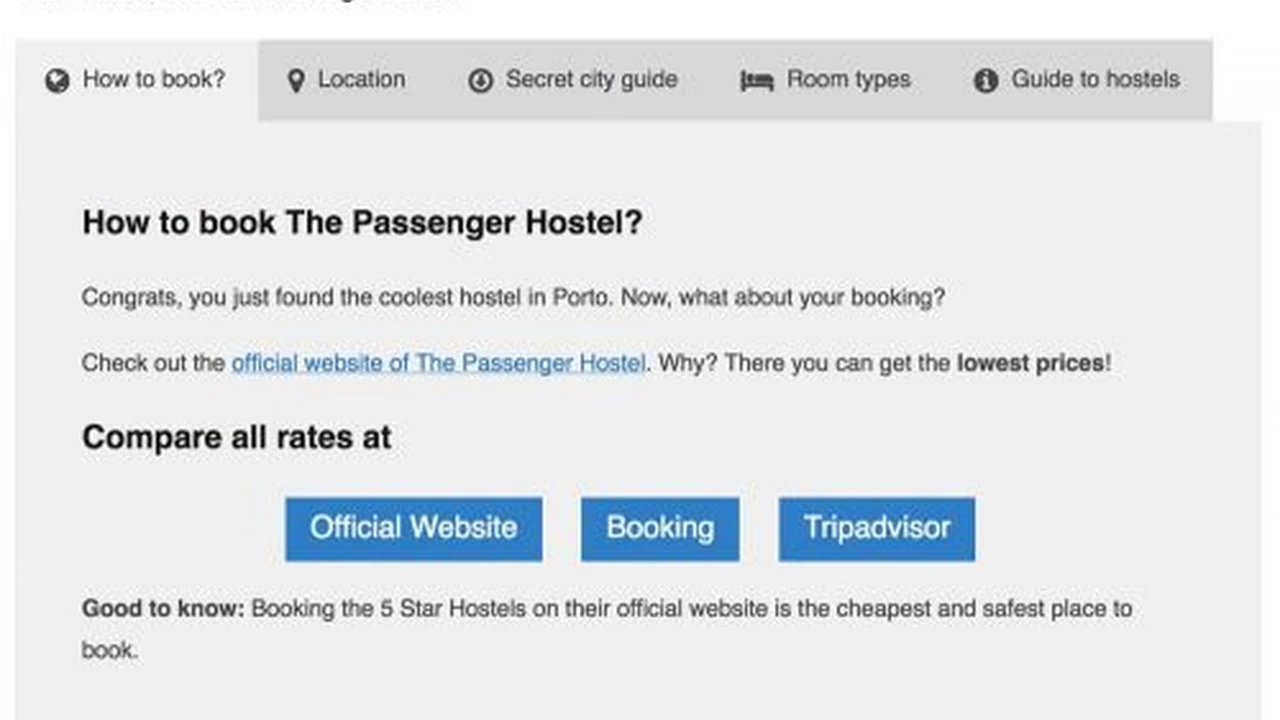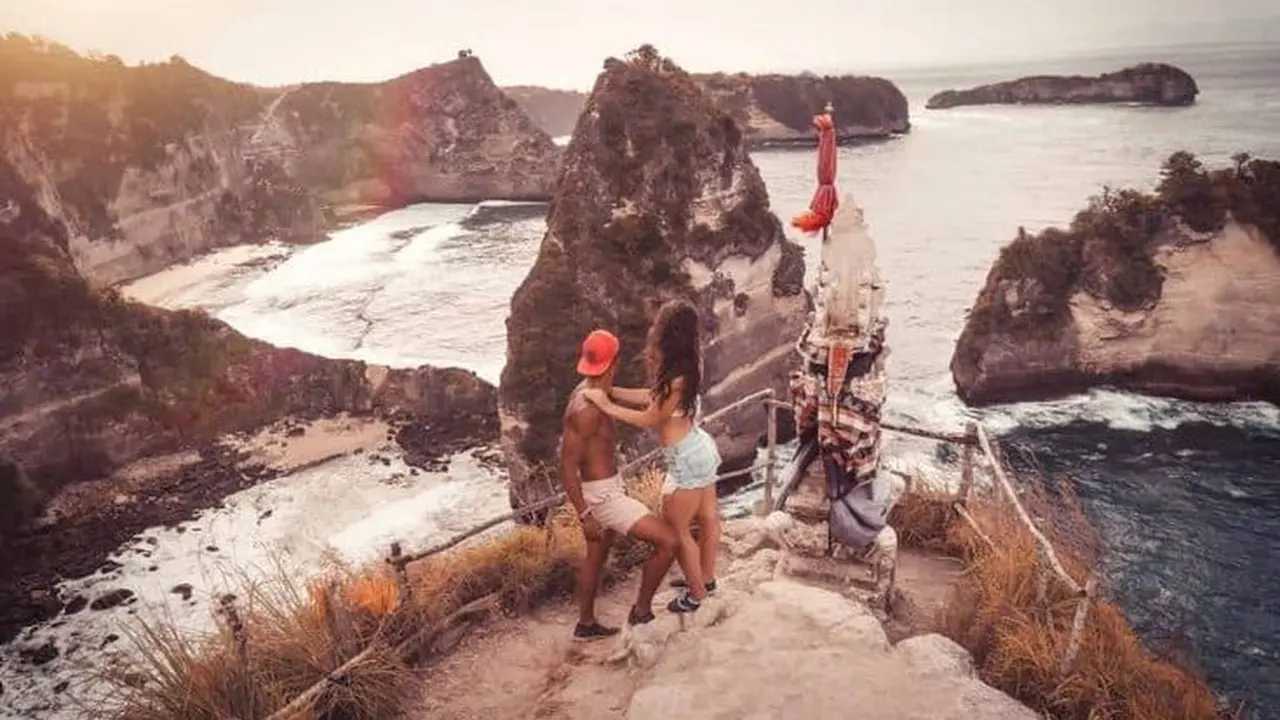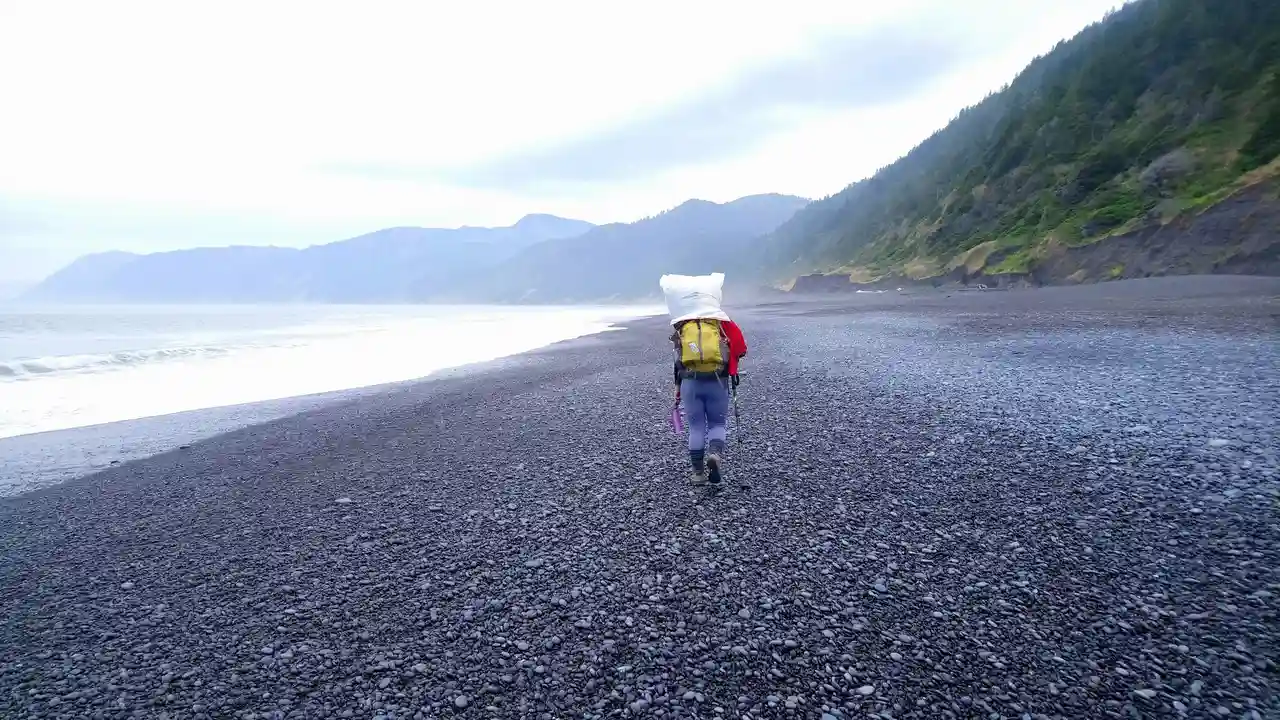5 Best Backpacking Trails East Coast USA
Discover the best backpacking trails on the East Coast of the USA. Discover scenic routes, challenging climbs, and breathtaking views. Plan your perfect East Coast backpacking adventure today.

Backpacking Trails East Coast USA: An Overview
So, you're thinking about hitting the trails on the East Coast? Awesome choice! The East Coast offers a huge variety of backpacking experiences, from the rugged mountains of Maine to the lush forests of the Carolinas. Whether you're a seasoned pro or just starting out, there's a trail out there for you. This guide highlights five of the best, considering factors like scenery, difficulty, accessibility, and overall experience.
Top 5 East Coast Backpacking Trails for Scenic Views
Let's dive into the trails themselves. Remember to always check trail conditions and weather forecasts before you head out, and pack accordingly!
1. Art Loeb Trail, North Carolina
The Art Loeb Trail is a 30.1-mile point-to-point trail located near Brevard, North Carolina. It's generally considered a challenging route, taking an average of 3 days to complete. This trail is popular for backpacking, camping, and hiking, but you can still enjoy some solitude during quieter times of the year. The best time to visit this trail is March through October. You'll be rewarded with stunning views from exposed ridges, lush forests, and even some waterfalls. Expect some steep climbs and rocky terrain, but the payoff is well worth it.
Why it's great: Unbelievable views, diverse terrain, challenging but rewarding.
Things to consider: Strenuous climbs, limited water sources in some sections, potential for crowds on weekends.
2. Presidential Traverse, New Hampshire
Okay, this one's a beast. The Presidential Traverse in the White Mountains of New Hampshire is legendary. Covering over 20 miles and climbing over 9,000 feet, it's not for the faint of heart. You'll summit several peaks over 5,000 feet, including Mount Washington, the highest peak in the Northeast. Expect extreme weather conditions, even in summer. This is a serious undertaking that requires careful planning and preparation. But, if you're up for the challenge, the views are absolutely breathtaking. Think alpine tundra, dramatic landscapes, and a real sense of accomplishment.
Why it's great: Epic views, challenging climb, incredible sense of accomplishment.
Things to consider: Extremely strenuous, unpredictable weather, requires advanced skills and experience. This is NOT for beginners.
3. Loyalsock Trail, Pennsylvania
The Loyalsock Trail is a 59.2-mile loop trail located near Hillsgrove, Pennsylvania. Generally considered a challenging route, it takes an average of 30 hours to complete. This is a very popular area for backpacking, hiking, and running, so you'll likely encounter other people while exploring. The trail is open year-round and is beautiful to visit anytime. The Loyalsock offers a more secluded and less crowded backpacking experience compared to some of the more popular trails. It winds through dense forests, past waterfalls, and along rocky ridges. It’s less about panoramic vistas and more about immersing yourself in the beauty of the Pennsylvania wilderness. It's still challenging, but more manageable than the Presidential Traverse.
Why it's great: Secluded, beautiful forests, challenging but manageable.
Things to consider: Can be buggy, some stream crossings, less dramatic views compared to other trails.
4. Mount Katahdin, Maine (Appalachian Trail Section)
Okay, you can't talk about East Coast backpacking without mentioning Mount Katahdin, the northern terminus of the Appalachian Trail. While the entire AT is, well, the entire AT, a shorter backpacking trip up Katahdin is a fantastic experience. The Hunt Trail is the most direct route to the summit, but it's also the most challenging. Expect steep climbs, boulder fields, and exposed sections. The views from the top are incredible, stretching for miles across the Maine wilderness. Reaching the summit is a truly rewarding experience.
Why it's great: Iconic peak, stunning views, sense of accomplishment.
Things to consider: Strenuous climb, requires permits, can be crowded, especially during peak season.
5. Shenandoah National Park, Virginia (Various Trails)
Shenandoah National Park offers a ton of backpacking opportunities, ranging from easy overnight trips to multi-day adventures. The park is crisscrossed with trails, allowing you to customize your hike to your desired length and difficulty. The Appalachian Trail runs through the park, offering access to numerous scenic overlooks, waterfalls, and historic sites. The overall elevation changes are more gradual compared to the other trails on this list, making it a good option for those looking for a less strenuous backpacking experience. Skyline Drive provides easy access to many trailheads.
Why it's great: Variety of trails, easy access, beautiful scenery.
Things to consider: Can be crowded, especially near Skyline Drive, permits required for overnight camping.
East Coast Backpacking Gear Recommendations
Alright, let's talk gear. Having the right equipment can make or break your backpacking trip. Here are a few recommendations for specific products, along with their pros, cons, and price points (approximate):
Backpacks: Osprey Atmos AG 65 vs. Gregory Baltoro 65
These are two of the most popular backpacking packs on the market. Both offer excellent comfort, durability, and organization.
- Osprey Atmos AG 65: Features Osprey's Anti-Gravity suspension, which provides excellent ventilation and support. Pros: Very comfortable, excellent ventilation, lots of features. Cons: Can be a bit bulky, more expensive. Price: $300 - $350.
- Gregory Baltoro 65: Offers a more traditional suspension system with excellent load-carrying capacity. Pros: Excellent load-carrying capacity, durable, comfortable. Cons: Less ventilation than the Atmos, can feel a bit warmer. Price: $300 - $350.
Using them: Both packs are suitable for multi-day backpacking trips. The Atmos is great for warmer weather, while the Baltoro is better for carrying heavier loads.
Tents: Big Agnes Copper Spur HV UL2 vs. MSR Hubba Hubba NX
These are two of the most popular lightweight two-person tents. Both offer a good balance of weight, space, and durability.
- Big Agnes Copper Spur HV UL2: Extremely lightweight and easy to set up. Pros: Very lightweight, easy setup, good headroom. Cons: Expensive, less durable than some other tents. Price: $450 - $550.
- MSR Hubba Hubba NX: Slightly heavier but more durable than the Copper Spur. Pros: Durable, good weather protection, relatively easy setup. Cons: Heavier than the Copper Spur, more expensive. Price: $400 - $500.
Using them: Both tents are great for backpacking in a variety of conditions. The Copper Spur is ideal for weight-conscious backpackers, while the Hubba Hubba offers better protection in inclement weather.
Sleeping Bags: Therm-a-Rest Hyperion 20 vs. Sea to Summit Spark SpII
These are both excellent lightweight down sleeping bags.
- Therm-a-Rest Hyperion 20: Very lightweight and packable. Pros: Extremely lightweight, highly compressible, excellent warmth-to-weight ratio. Cons: Expensive, requires careful care. Price: $400 - $500.
- Sea to Summit Spark SpII: A versatile and lightweight down bag. Pros: Lightweight, versatile, good value. Cons: Not as warm as the Hyperion. Price: $350 - $450.
Using them: The Hyperion is best for colder temperatures, while the Spark is suitable for warmer conditions. Consider the temperature ratings and your personal preferences when choosing a sleeping bag.
East Coast Backpacking: Safety Considerations
Before hitting the trail, it's super important to think about safety. The East Coast, while not as wild as some other regions, still has its share of potential hazards.
- Wildlife: Black bears are common in many areas. Store your food properly in bear canisters or hang it from a tree. Be aware of ticks and take precautions to prevent Lyme disease.
- Weather: The weather on the East Coast can be unpredictable, especially in the mountains. Be prepared for sudden changes in temperature, rain, and even snow.
- Navigation: Carry a map and compass and know how to use them. GPS devices can be helpful, but don't rely on them entirely.
- Water: Treat all water sources before drinking. Use a water filter or purification tablets.
- Communication: Let someone know your itinerary and when you expect to be back. Cell phone service can be spotty in some areas. Consider carrying a satellite communicator.
Planning Your East Coast Backpacking Trip
Planning is key to a successful and enjoyable backpacking trip. Here are a few tips:
- Choose the right trail: Consider your experience level, fitness level, and the amount of time you have.
- Obtain permits: Some trails require permits for overnight camping. Check the regulations for the area you plan to visit.
- Pack appropriately: Pack light but bring all the essentials.
- Check the weather forecast: Be prepared for all types of weather.
- Tell someone your plans: Let someone know your itinerary and when you expect to be back.
- Leave no trace: Pack out everything you pack in. Stay on designated trails. Minimize your impact on the environment.
Backpacking on the East Coast is an amazing experience. With a little planning and preparation, you can have a safe and unforgettable adventure.
:max_bytes(150000):strip_icc()/277019-baked-pork-chops-with-cream-of-mushroom-soup-DDMFS-beauty-4x3-BG-7505-5762b731cf30447d9cbbbbbf387beafa.jpg)






